【Symposium Overview】
The international symposium "Next-Generation Cyber Lifelines for Future Society," co-hosted by the University of Tokyo's Collaborative Research Organization for Next-Generation Cyber Infrastructure and the Yamanashi Prefectural Mount Fuji Research Institute, was successfully held.
*This symposium was supported by the Institute of Electronics, Information and Communication Engineers (IEICE).
The event was held in a hybrid format, combining offline and online participation. A large number of representatives from research institutions and companies attended in person at the Mount Fuji Research Institute in Fujiyoshida City, Yamanashi Prefecture.
During the breaks, a poster session was conducted by the Special Technical Committee on Interdisciplinary Research on Cyber Lifelines, part of the IEICE Communications Society’s Type 3 Technical Committees. The session fostered active exchanges, including engaging discussions between senior researchers, early-career researchers, and students.
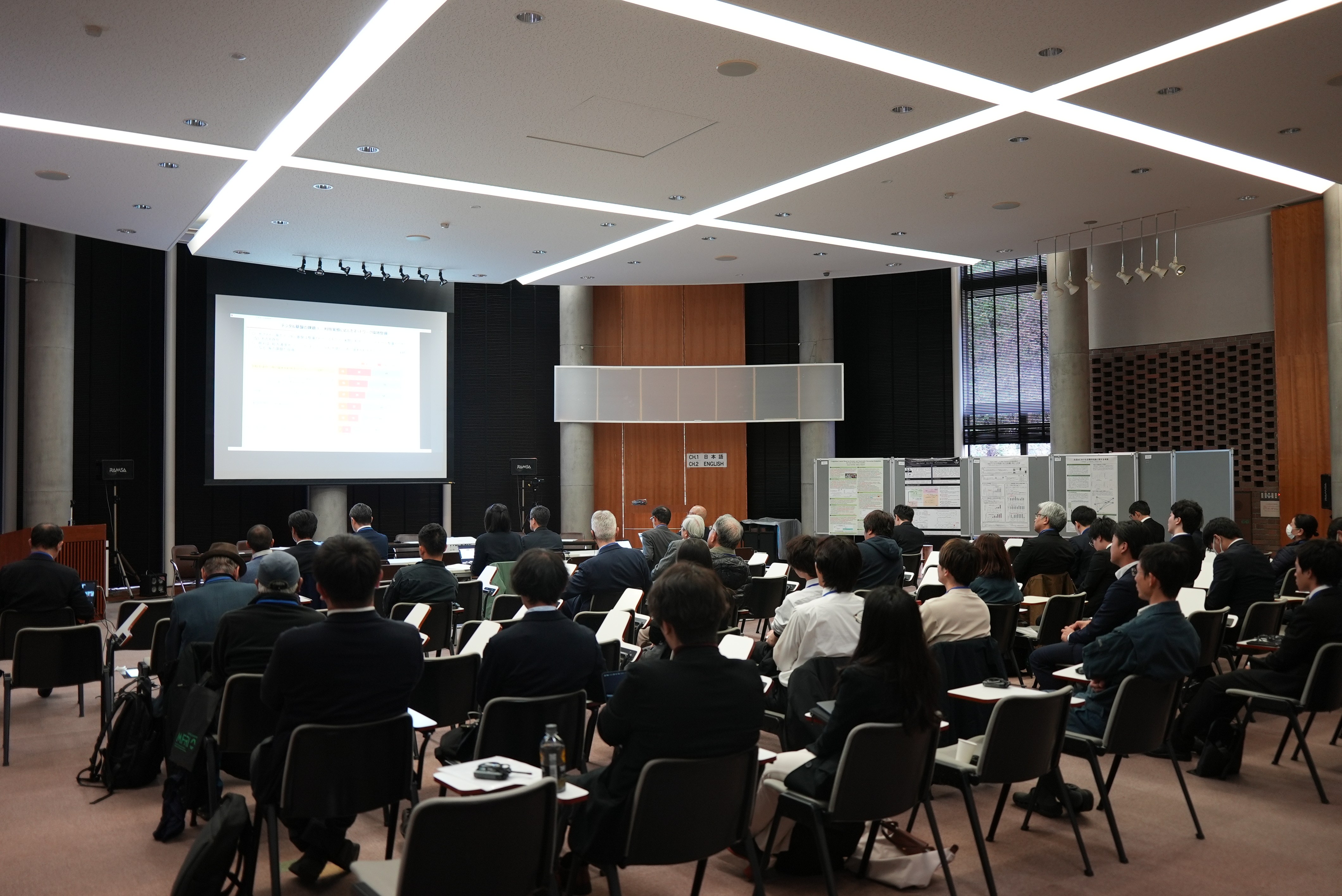
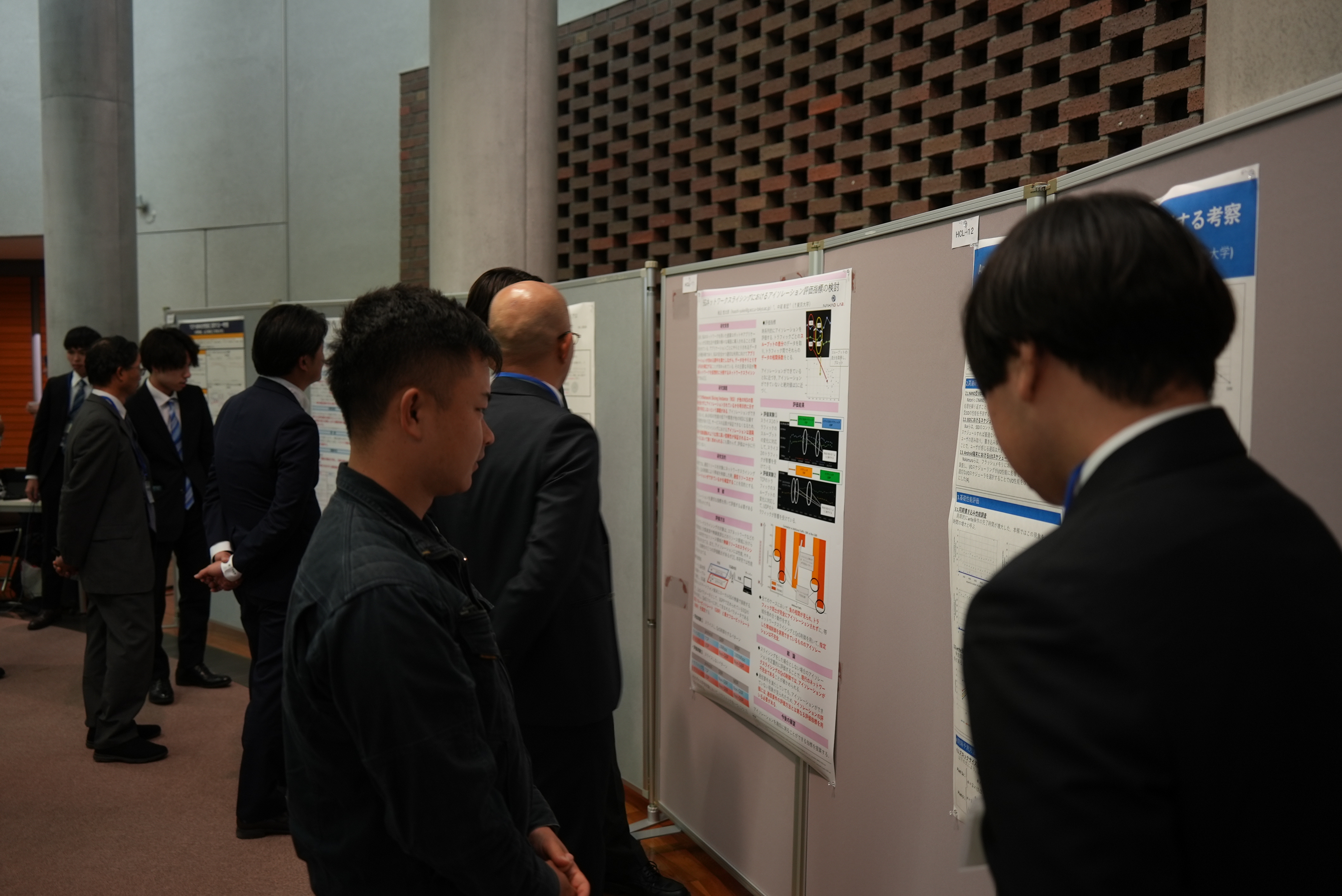
◆ Symposium "Next-Generation Cyber Lifelines for Future Society" Website
https://www.mfri.pref.yamanashi.jp/kazan/sp/
*Hybrid event: participation available both online and offline.
◆ Purpose of the Symposium
In recent years, as all people and things become connected to the internet, information and communication technology has become a critical national infrastructure. In the near future, it is expected to evolve into a "lifeline" that supports human life and socio-economic activities.
This symposium aims to deepen discussions on the values required to realize this "cyber lifeline for the future society" from multiple perspectives, including industry, government, and academia. Over two days, the event invites leading experts from various fields to address business professionals, government officials, and researchers responsible for supporting society's future. Discussions will center on why cyber lifelines are essential, based on concrete applications and their value.
- ・11/21 Day 1 (Japanese with simultaneous interpretation; 7 lectures + 1 panel discussion)
Sub-theme: Efforts, Outcomes, and Future Developments for Promoting DX in the Mount Fuji Region - ・11/22 Day 2 (English; 10 lectures + 2 panel discussions)
【Day 1: Thursday, November 21】
The first day, November 21, featured the sub-theme "Efforts, Outcomes, and Future Developments for Promoting DX in the Mount Fuji Region." Lectures and panel discussions were held, inviting experts from research institutions and companies to speak about initiatives related to digital transformation (DX) in the context of earthquake and volcanic disaster preparedness, as well as DX in volcanic regions.
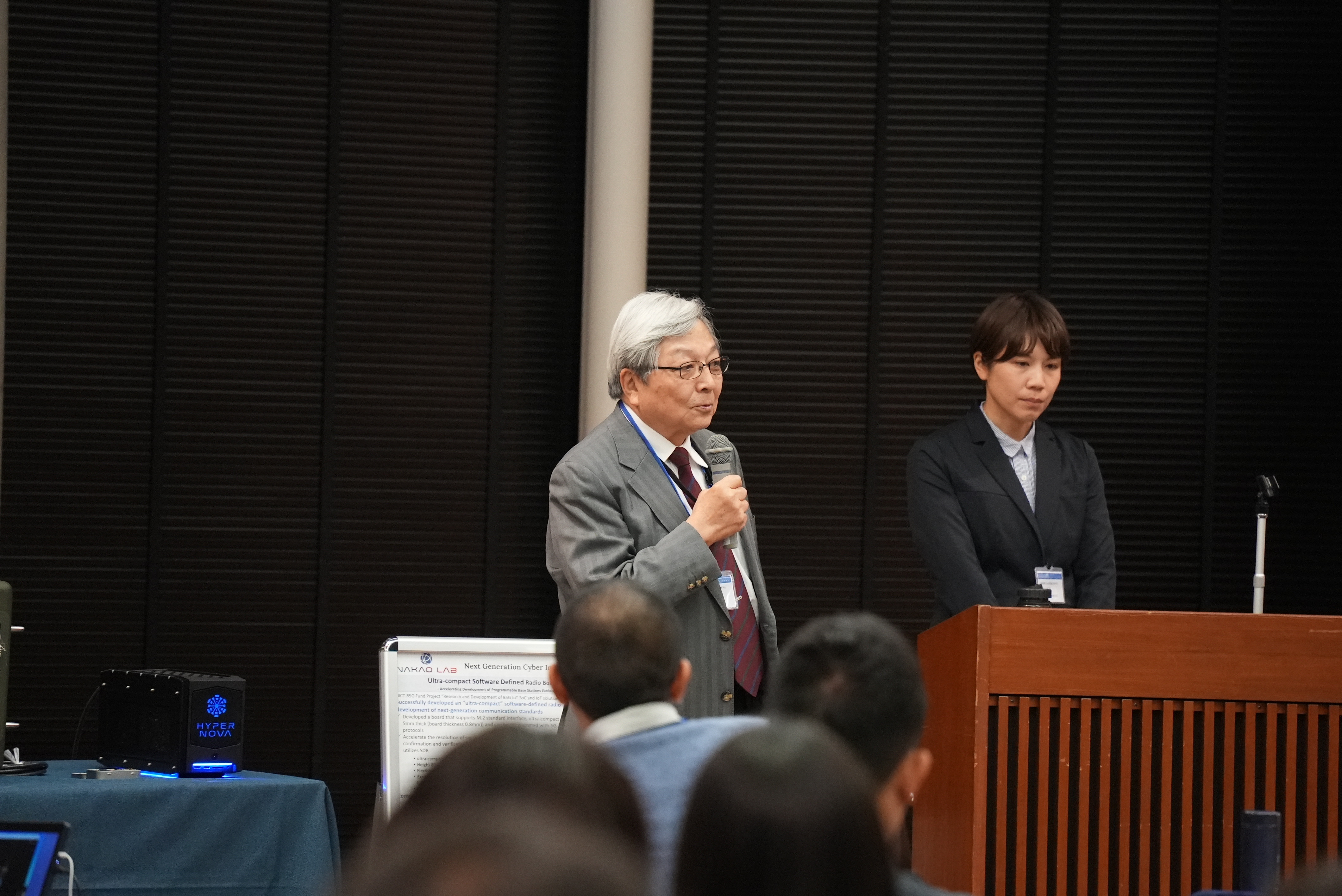
As part of the lectures, speakers discussed promoting DX (digital transformation) in volcanic regions such as the Mount Fuji area, focusing on "earthquake and volcanic observation" and "information and communication infrastructure development."
Regarding "earthquake and volcanic observation," insightful presentations were delivered on current challenges and ongoing research utilizing information and communication technologies. Speakers included Dr. Mitsuhiro Yoshimoto, Director of the Research Division at the Mount Fuji Research Institute; Professor Takeshi Matsushima from the Earthquake and Volcano Research Center at Kyushu University; and Assistant Professor Kimiko Taguchi from the Graduate School of Science, Tohoku University.
In particular, challenges related to the development and utilization of information and communication infrastructure in the Mount Fuji area were explained with remarkable clarity. The presentations highlighted not only the technical difficulties but also the unique challenges arising from Mount Fuji’s status as both a sacred site and a UNESCO World Cultural Heritage site.
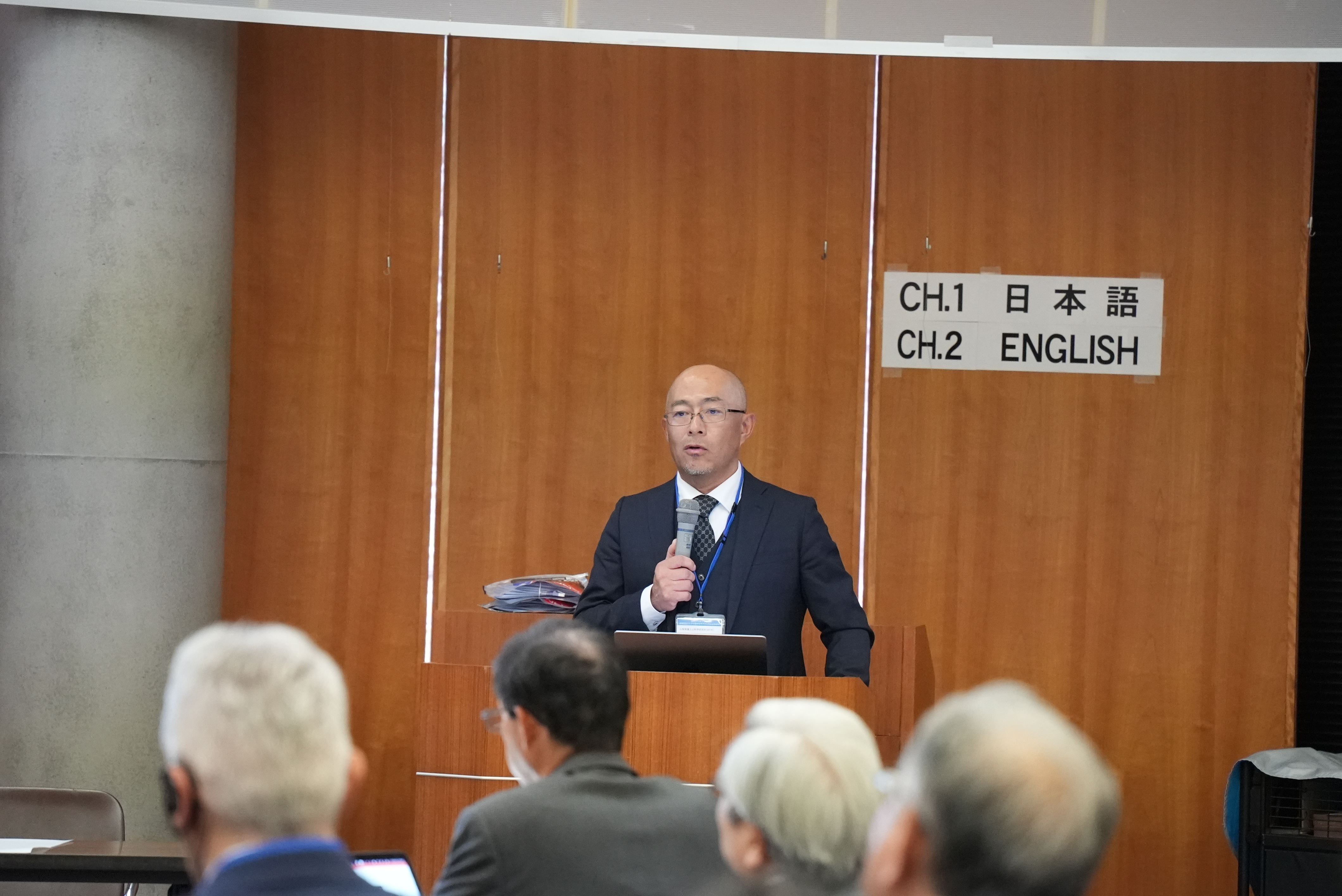
From the perspective of "information and communication infrastructure development," lectures were delivered by Mr. Mitsuo Tanabe, Director of the Information and Communications Policy Division at the Ministry of Internal Affairs and Communications (participating online), Mr. Hiroshi Taniguchi from NEC Networks & System Integration Corporation, Professor Akihiro Nakao, Director of the Collaborative Research Organization for Next-Generation Cyber Infrastructure at the University of Tokyo, and Mr. Akira Endo from KDDI Corporation.
The presentations covered various topics, including the challenges faced by local communities as perceived by the Japanese government, DX (digital transformation) initiatives to address these challenges, and the development of digital talent. They also provided specific examples and discussed challenges related to building information and communication infrastructure in the Mount Fuji area.
Furthermore, the speakers elaborated on initiatives to secure communication methods during disasters such as earthquakes and how the existence of robust information and communication infrastructure can mitigate or resolve potential issues.
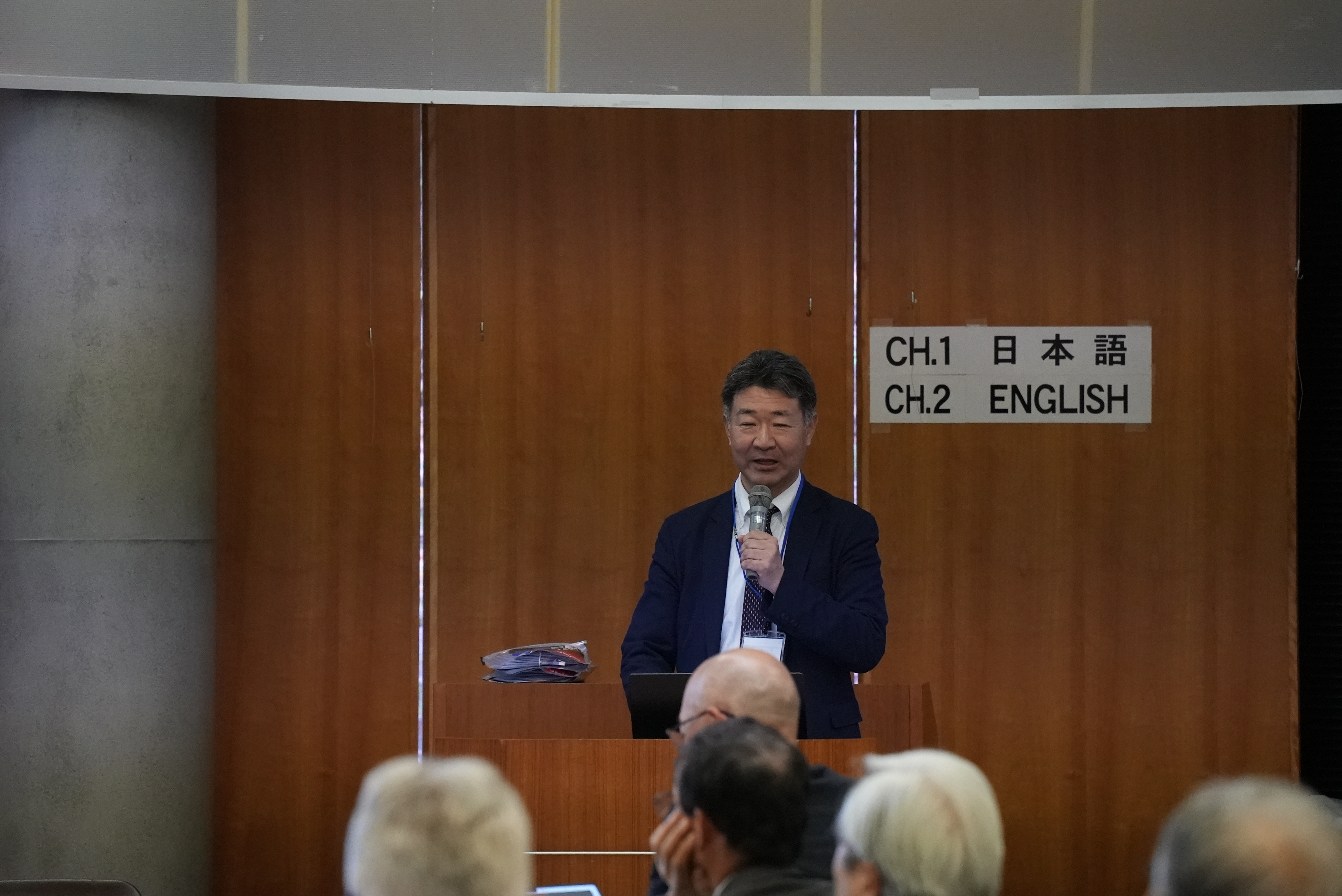
At the end of the first day, a panel discussion was held featuring the day’s speakers. Moderated by Akihiro Nakao, the Director of the Collaborative Research Organization for Next-Generation Cyber Infrastructure and one of the event organizers, the discussion revisited the challenges of promoting DX (digital transformation) in the Mount Fuji region. The panel aimed to identify actionable steps to advance DX over the coming years and concluded with a commitment among the panelists to collaborate on these initiatives.
【Day 2: Friday, November 22】
The second day, November 22, focused on the main theme, "Next-Generation Cyber Lifelines for Future Society." The program consisted of two sessions of lectures and panel discussions, with international researchers also participating.
In the first session, lectures on initiatives leveraging information and communication technologies (ICT) for future society were delivered by Distinguished Professor Hajime Asama from Tokyo College at the University of Tokyo, Professor Makoto Nagata from Graduate School of Science, Technology and Innovation at Kobe University, Professor Tadashi Wadayama from Graduate School of Engineering at Nagoya Institute of Technology, Mr. Toshihiro Koyama from Metropolitan Expressway Company, and Researcher Ryo Honda from the Mount Fuji Volcano Disaster Prevention Research Center of the Mount Fuji Research Institute.
The talks covered a wide range of topics, including autonomous decentralized robotic systems enabled by ICT, the enhancement of comprehensive security and communication resilience through connected systems, and the use of ICT in both emergency and routine operations on metropolitan expressways. These discussions incorporated real-world examples and current challenges.
In the panel discussion, the speakers explored innovations anticipated through the promotion of collaboration between ICT and other fields. They also discussed immediate measures required to ensure the robustness and resilience of ICT as a lifeline, reflecting on their specialized fields of expertise.
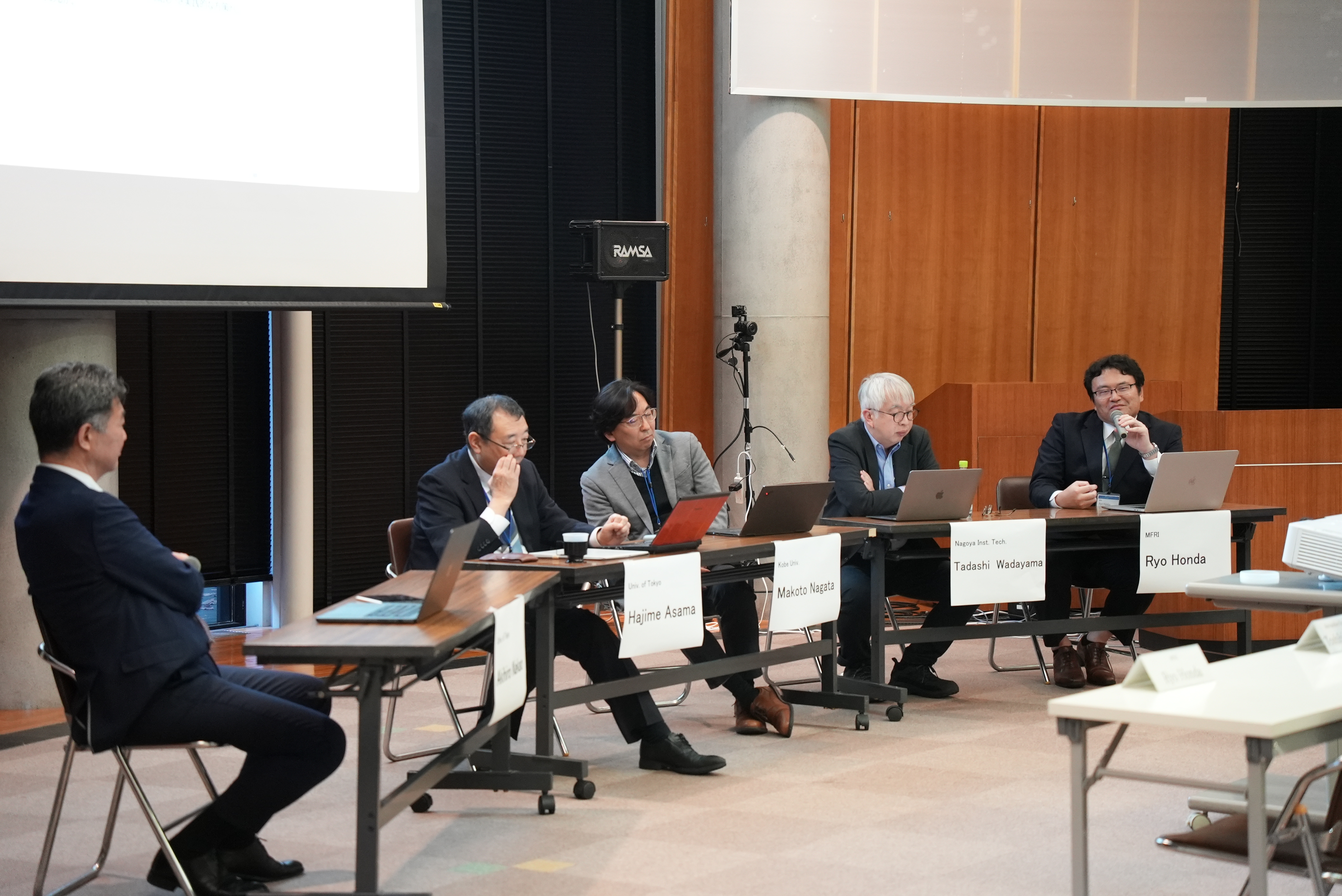
In the second session, as part of the JST ASPIRE International Brain Circulation initiative, distinguished speakers were invited to deliver lectures and participate in a panel discussion. These included Professor Matti Latva-aho from the University of Oulu in Finland (participating online), Professor Tommaso Melodia and Senior Director Abhimanyu Gosain from Northeastern University in the United States, and Professor Tomoaki Ohtsuki from the Faculty of Science and Technology at Keio University. Akihiro Nakao, the Director and event organizer, also took part in the session.
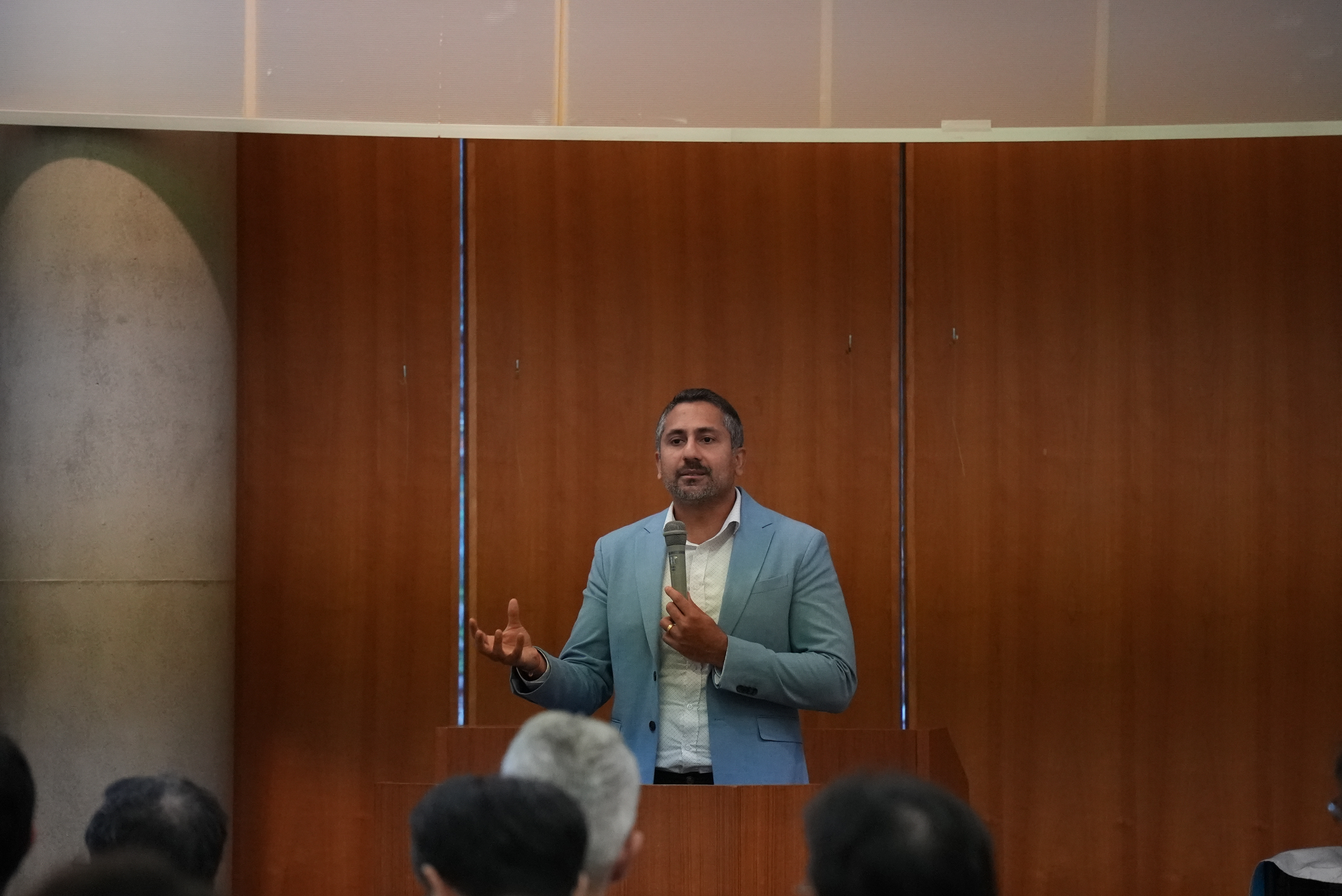
Regarding 6G for the future society, it was emphasized that the traditional business models of the telecommunications industry must evolve to create customizable solutions and value-creation mechanisms tailored to fields such as logistics, defense, agriculture, industry, healthcare, energy, and automotive sectors. To achieve these goals, the development of more resilient information and communication networks leveraging quantum-safe mechanisms, spectrum management, and open-source RAN components was highlighted as a key focus.
During the panel discussion, participants explored elements that constitute resilience, international cooperation for its enhancement, and concrete actions that can be taken at this stage to strengthen information and communication infrastructure. The discussion was highly productive, with engaging contributions from attendees, including a direct question posed by Dr. Naoaki Yamanaka, President of the Institute of Electronics, Information, and Communication Engineers (IEICE), who participated on-site.
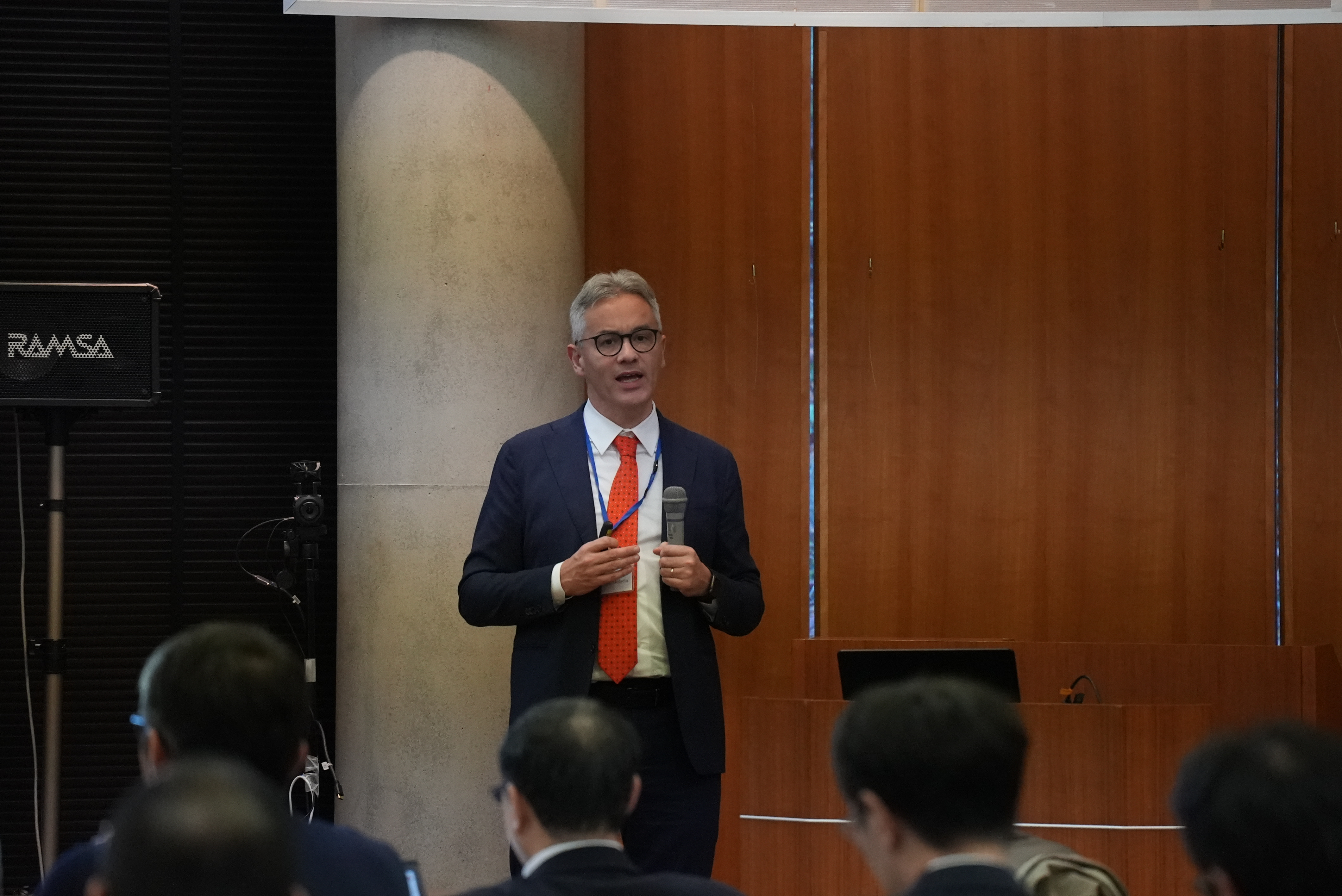
Finally, Dr. Naoaki Yamanaka, President of the Institute of Electronics, Information, and Communication Engineers (IEICE) and Principal Investigator for communications research at JST ASPIRE, provided closing remarks for the symposium. He shared his thoughts on the importance of fostering talent to lead future international brain circulation initiatives and emphasized the need to nurture the key individuals who will drive these efforts forward.
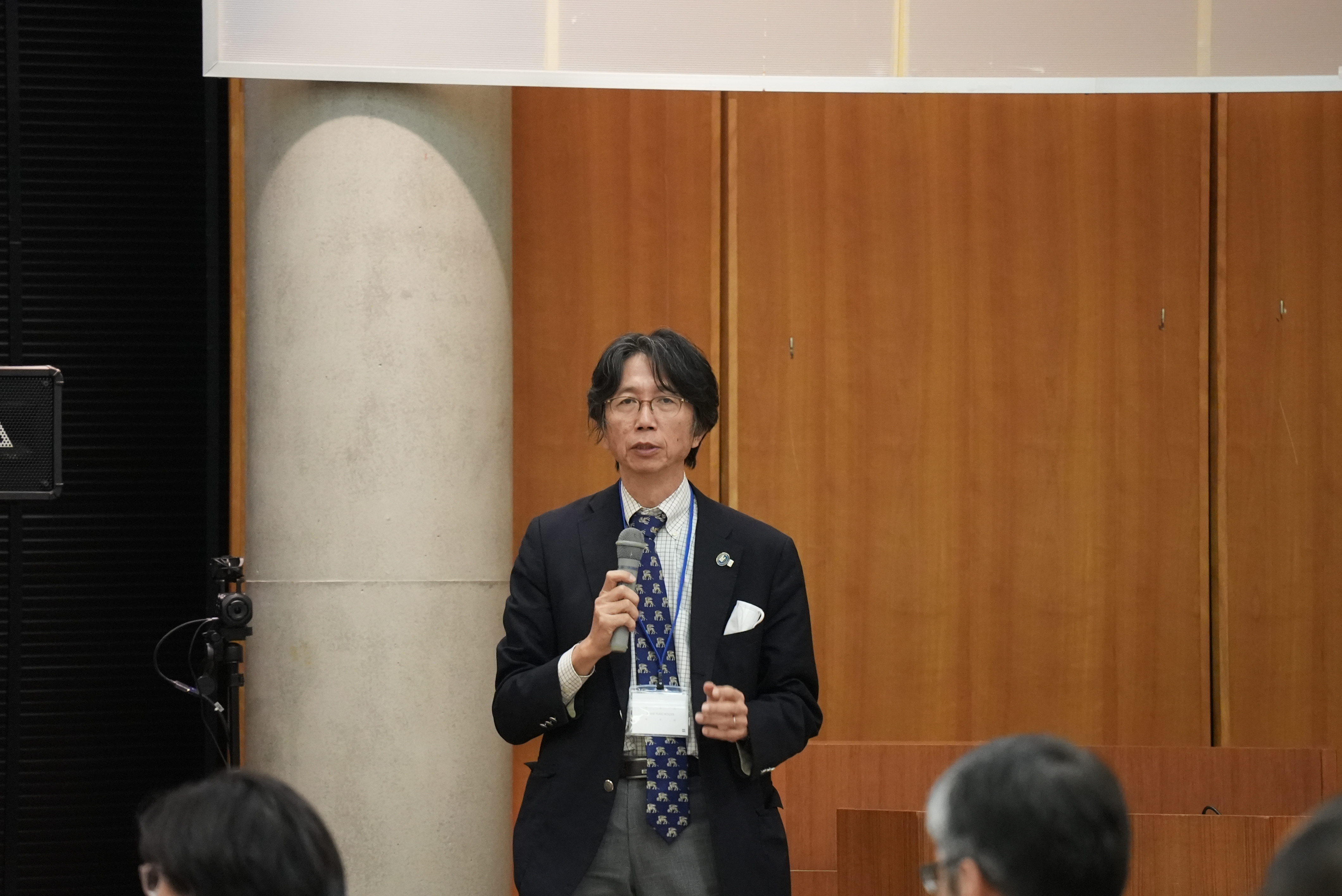
【Comment from Akihiro Nakao, Director of the Collaborative Research Organization for Next-Generation Cyber Infrastructure, University of Tokyo】
Hosting an international symposium in the Mount Fuji region, where the development of information and communication infrastructure is essential for disaster preparedness, was highly meaningful. This is because it provided industry, academia, and government stakeholders with an opportunity to witness firsthand the field where information and communication as a lifeline will be indispensable in the future, while discussing potential future collaborations.
In particular, it was a significant step forward that researchers from abroad gained an understanding of the importance of resilience. This symposium also contributed to fostering international collaboration through the JST ASPIRE initiative and advancing academic research on ICT as a lifeline in pursuit of Human-centered Cyber Lifeline (HCL).
We are determined to continue promoting international industry-academia-government collaboration in the future.

